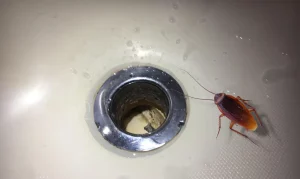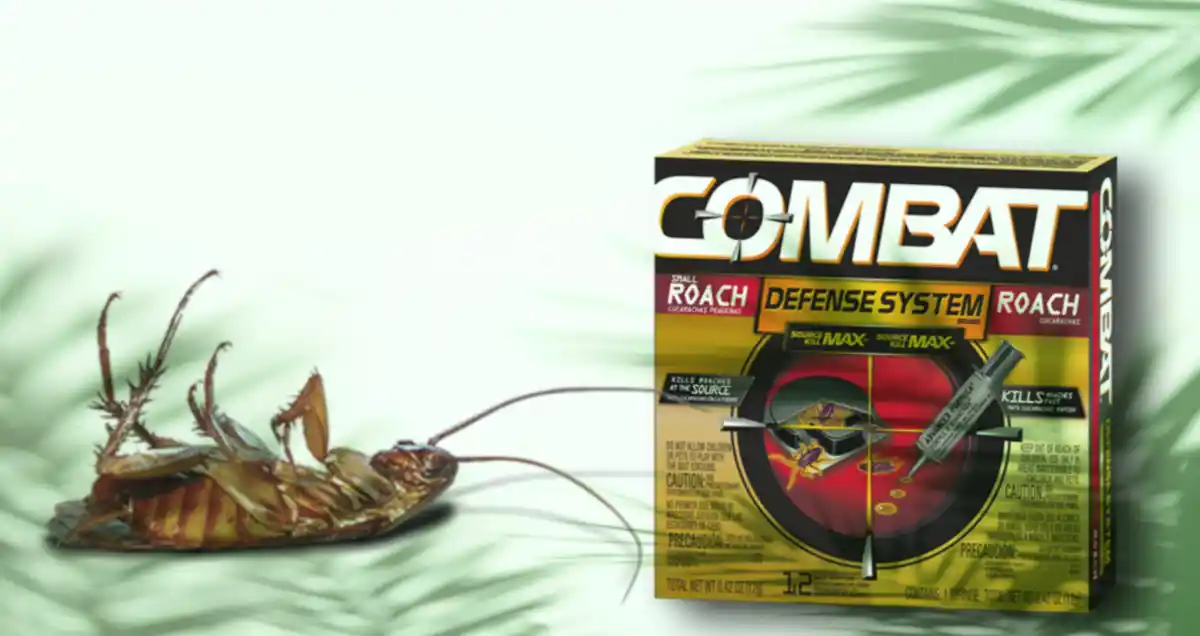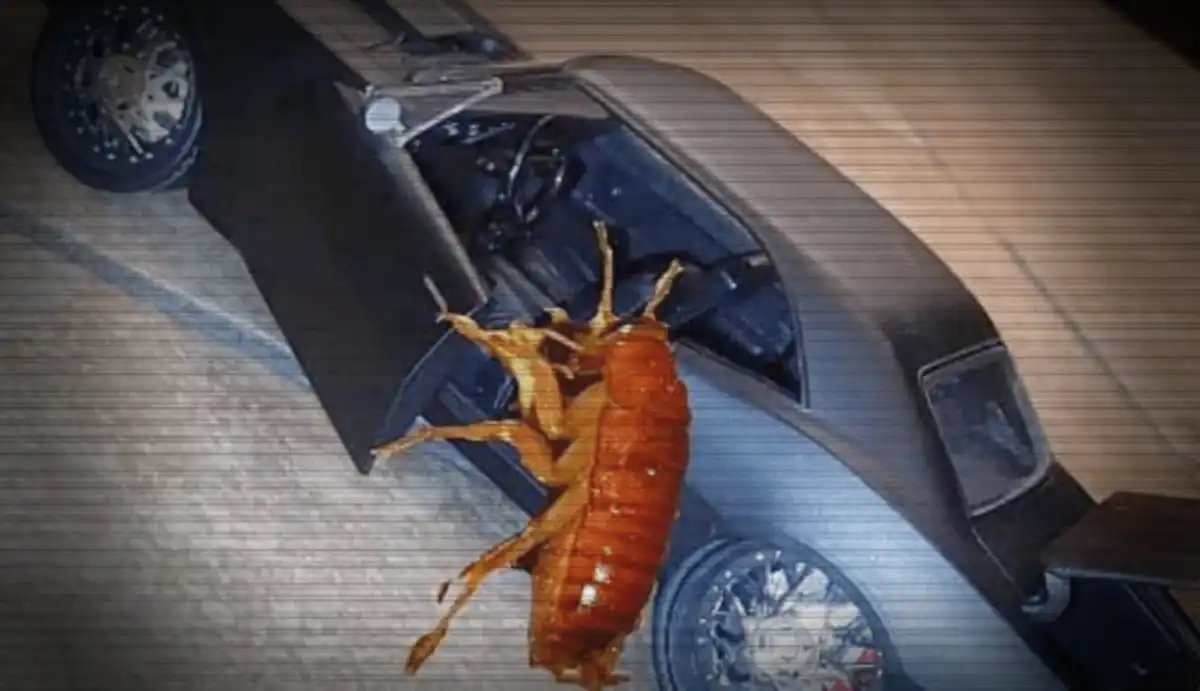Roaches can enter residential premises via pipes, frequently leveraging the drain in your sink as their route. Therefore, in this guide, you will learn about the effective methods to get rid of roaches coming up drains. Cockroaches are common in or near the drains of bathrooms and kitchens—these areas provide them with water. While they can survive without food for up to a month, cockroaches can only endure for about 7 days without water. That’s why you are likely to encounter them near water sources, such as your kitchen sink or bathtub, during an infestation.
In addition to their unpleasant nature, these critters carry harmful germs, bacteria, and allergens. You want to prevent them to maintain a healthy environment.
Do note that roaches can go through the smallest cracks (fissures), courtesy of their incredible exoskeletons. They simply splay their legs outward, to enable them to flatten their bodies inside any tiny cracks.
How roaches enter your drain in the first place
It is possible that roaches already reside in your home before you moved in. Or, they might have inadvertently accompanied you during the movement from your previous apartment or even gained entry from neighboring properties.
Remain calm! Roaches in your kitchen or bathroom do not imply any shortcomings in your house-cleaning efforts. That’s because these critters enter homes regardless of the owner’s diligence. Sometimes, it’s not a matter of your home’s cleanliness, but rather the presence of openings or other vulnerabilities allowing cockroaches inside.¹
Moreover, the average cockroach can hide well enough. Unless you regularly spend time moving about your home during the late hours, you may not notice a roach’s presence until you come across one or two scurrying across the floor, or even a dead one.
How to get rid of roaches coming up drains

1. Roach-proof your drains
The objective is to make your home unpleasant to cockroaches.
a. Seal all drain cracks
First, ensure that any cracks or openings in your drain pipes are properly sealed. Get a flashlight and carefully examine and seal all potential entry points using caulk. Start by identifying any gaps surrounding the pipes underneath your sink. Use silicone or urethane foam to fill them to get rid of roaches coming up drains. If you find larger holes, use steel wool or copper mesh as a preliminary measure before sealing them. This approach applies similarly if you are plugging mice holes with steel wool. Smyou can also seal the gaps and openings around drain pipes using caulking, plaster of Paris, or cement.
For a temporary fix, duct tape can be used to cover cracks and crevices.
b. Inspect your faucet for leaks
It doesn’t stop with filling the cracks—inspect your faucets. Leaking water attracts not just cockroaches but various pests like flies, and ants. You may need to get faucet replacements to cut off the roach water supply. Make sure to protect pipes prone to condensation using insulation foam and tape.
2. Install trap primers
Trap primers prevent cockroaches from crawling up drains, especially since they are not skilled swimmers. Plumbing experts can conveniently install these primers at each water supply point. These devices are equipped with sensors that detect the absence of water in the trap. Once detected, the primer dispenses a small quantity of water to replenish the trap. This method of stopping roaches from coming up drains can also be effective in commercial structures.
As a do-it-yourself option, you can establish a liquid trap seal primer available at your local hardware store. This primer will keep your drains and pipes from drying out. In some instances, it deters cockroaches for up to 3 to 6 months.
3. Maintain a clean apartment altogether
It is no news that a clean household can get rid of cockroaches coming up drains. But a clean home is not an automatic roach repellent.¹
Start by keeping your countertops and appliances holds clean. Never leave food unattended on countertops or in the kitchen sink overnight. As long as the three essentials – food, water, and shelter – are provided, cockroaches will always return. Leftover crumbs, spills, and unwashed dishes in the sink serve as a source of food for them.
You can remove the food leftovers using sink cleaner to thoroughly rinse your kitchen drain. It also removes any remnants that entice these pests.
At night, use roach stoppers, such as rubber drain covers or metal drain screens, to cover the drains. Cockroaches are active during the night, so it’s reasonable to block their access during this period.
Another easy-to-do preventive measure is to keep the lid of the garbage cans under your kitchen or bathroom sink securely closed at all times. Finally, relocate or eliminate the garbage cans under your kitchen or bathroom sink—these can be roach magnets on their own.
4. Set up roach traps
If you find yourself dealing with a sewer roach infestation, consider roach traps such as gel bait. A gel bait can exterminate a sewer roach colony. When one or more roaches consume the gel, they return to spread the toxin to their colony which also eats and dies. Roaches eat other dead roaches, so when they eat the poisoned one, they die as well.
Be thoughtful when placing glue traps around. You should start by identifying the affected drain area where roaches are coming up. Gel baits can make a bit of a mess though but it is a better option compared to cockroach bait stations or sticky traps.
5. Apply borax to your drain
Sodium borate, commonly known as borax, is a mineral that is typically discovered in areas where temporary lakes have evaporated. It is common in household cleaning powders, as well as certain laundry detergents and cosmetics.
Borax only get rid of roaches coming up drains when they ingest it. This substance sticks to the legs of cockroaches, much like when a balloon is rubbed against one’s head. Subsequently, when the cockroach returns to its hiding place, it cleans itself, ingesting the powder in the process. Once inside the cockroach’s stomach, the substance becomes a poisonous agent. Borax also harms a cockroach’s exoskeleton.
Initially, you may not immediately observe the death of the critter, but within 2 weeks, you should notice a significant reduction in their population.
6. Stop roaches coming up drain with diatomaceous earth
Diatomaceous earth (DE) is a finely powdered substance derived from the grinding of fossilized shells of minuscule ocean organisms. It resembles sand, but with a finer texture and is composed of a single material. While it is not toxic to pets and humans, diatomaceous earth can kill cockroaches by damaging their exoskeletons.
DE works by dissolving the hard wax coating on cockroaches’ exoskeletons, causing their dehydration. As it sticks to their legs, they inadvertently eat it. Subsequently, they succumb to dehydration after returning to their nest.
Sprinkle diatomaceous earth into drains, cracks, outlets, and gaps, especially those areas where you saw cockroaches coming up from the drain. Roaches do hide near wiring, so look into those areas as well. Also, sprinkle or spray DE behind appliances, beneath furniture, and even outdoors.
7. Get rid of cockroaches using baking soda and vinegar
Combine baking soda and vinegar to naturally clean your drains. Start by pouring 1/4 cup of baking soda down the drain, followed by 1/2 cup of vinegar. The chemical reaction between this solution will eliminate any debris in the drain. Allow a few minutes for the reaction to take place, then pour boiling water down the drain to get rid of cockroaches.
Note that the pH balance of baking soda (8.5 (1% aqueous solution, 25°C))² also removes odors, which discourages cockroaches enticed by the lingering scents in drains.
8. Contact your local pest control company
The rapid breeding cycle of cockroaches allows them to quickly increase in population, even if a few eggs manage to survive. A single-mated female German Cockroach (Blattella germanica), for example, can produce thousands of new cockroaches in less than a year.³ Therefore, if you have concerns about a cockroach infestation becoming uncontrollable, contact your local pest control company. Through a professional inspection, you can gain insight into treatment options and identify the underlying causes of the issue.
Ultimately, DIY methods to get rid of roaches coming up drains may not always be effective, compared to professional intervention. Put a call to your local pest control to restore a critter-free drain.
Read also: cockroaches nesting in your vehicle? Consider these remedies
Resources
- Why do I have cockroaches in my home? National Pesticide Information Center
- Sodium Bicarbonate. AGC Chemicals
- Cockroach Elimination in Homes and Apartments. College of Agriculture, Food and Environment






